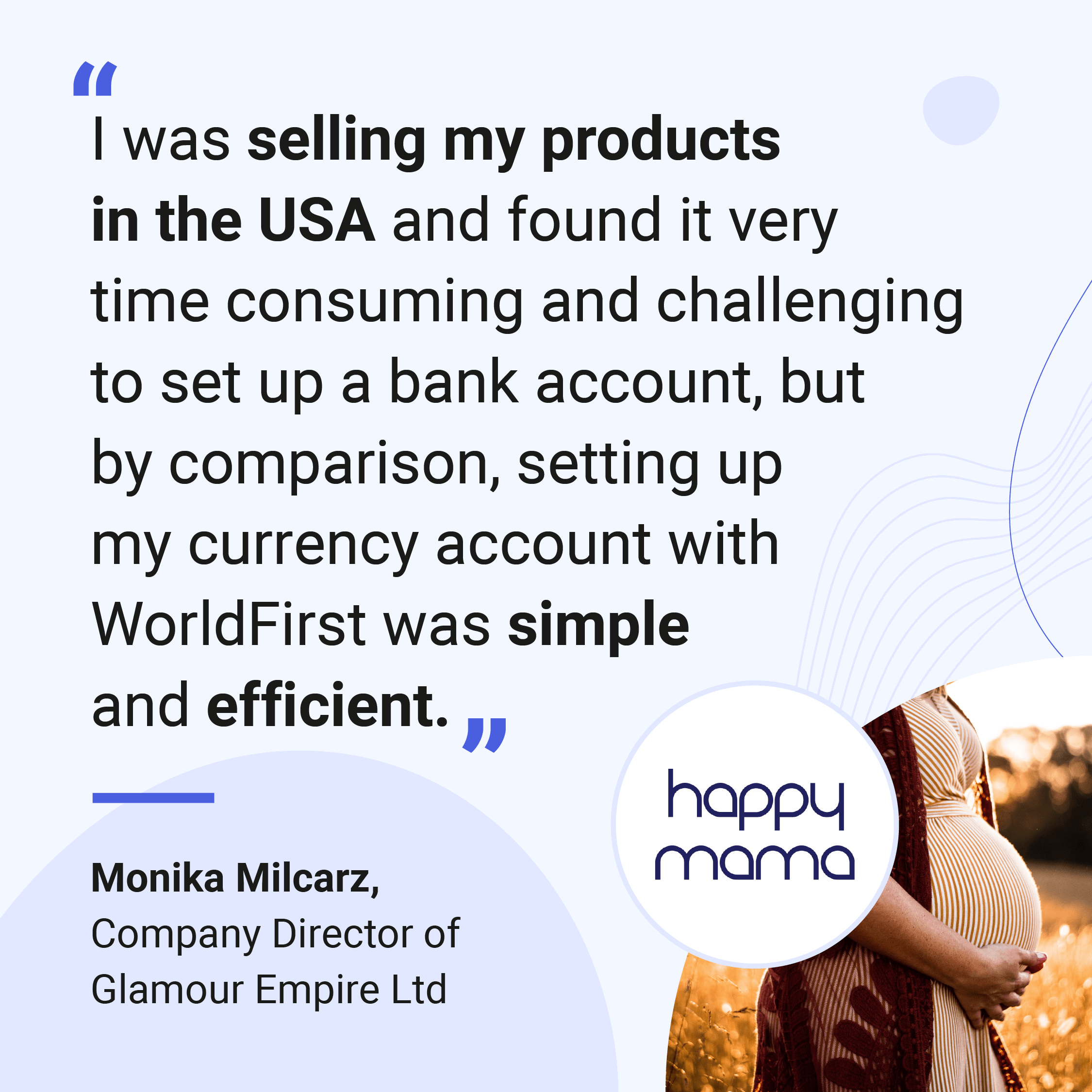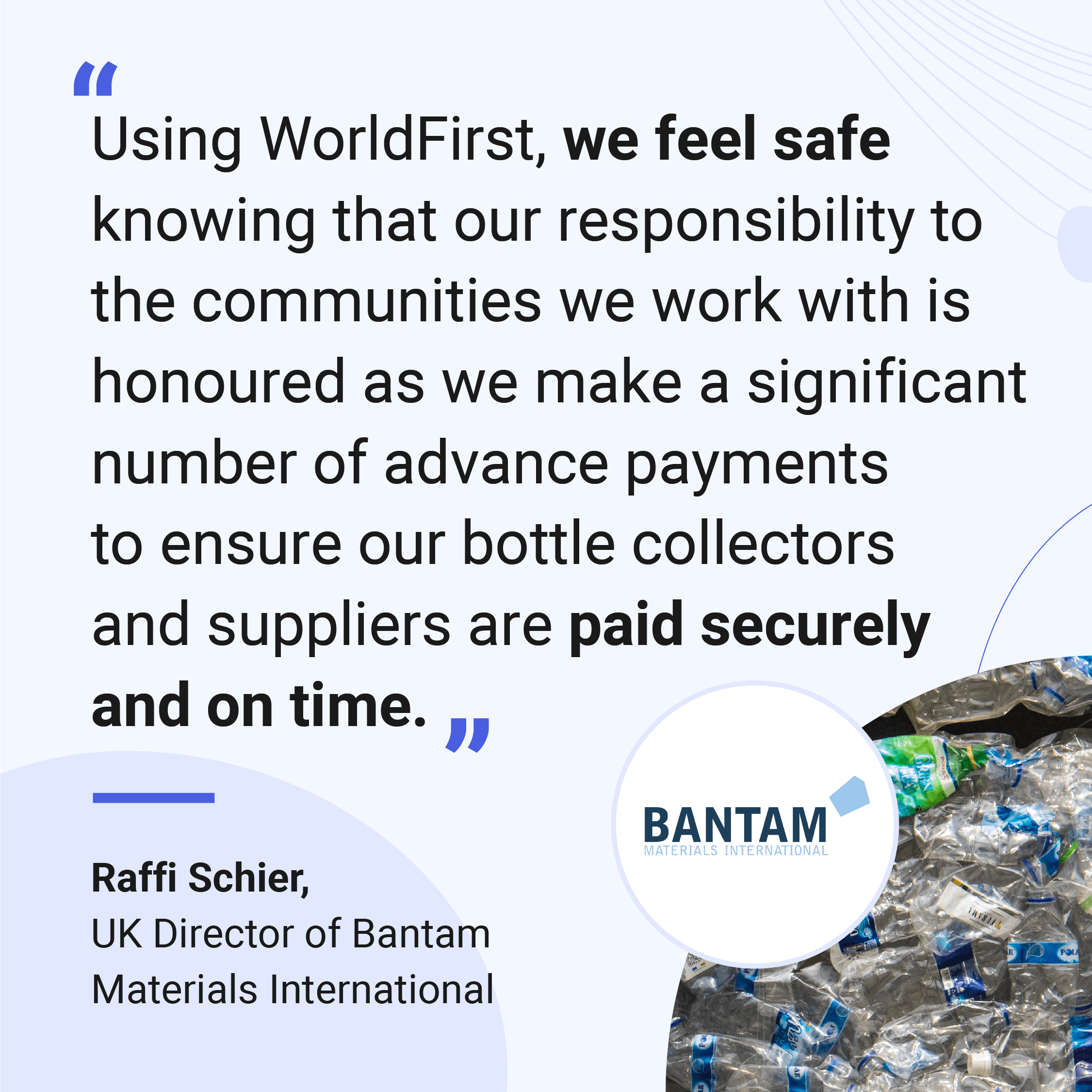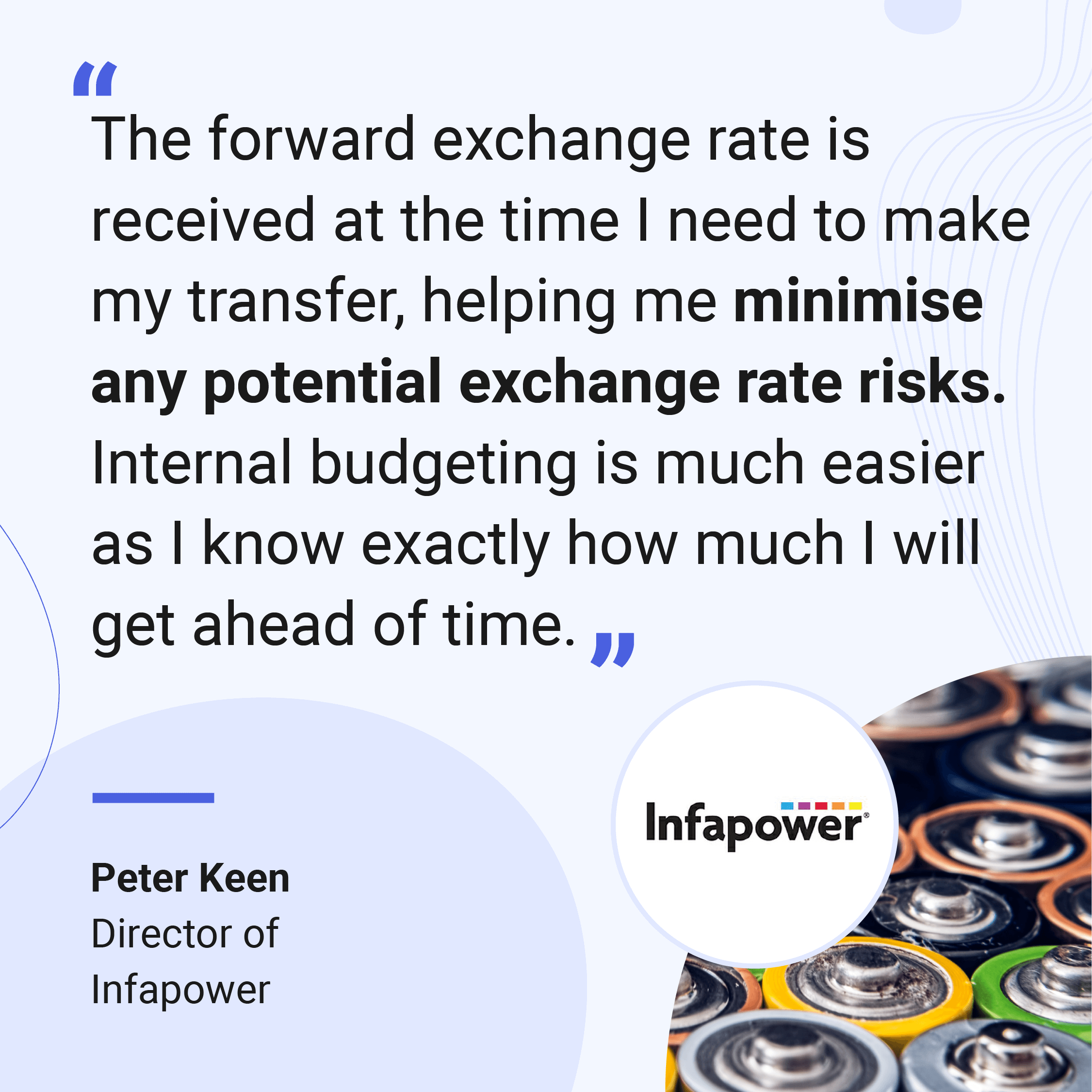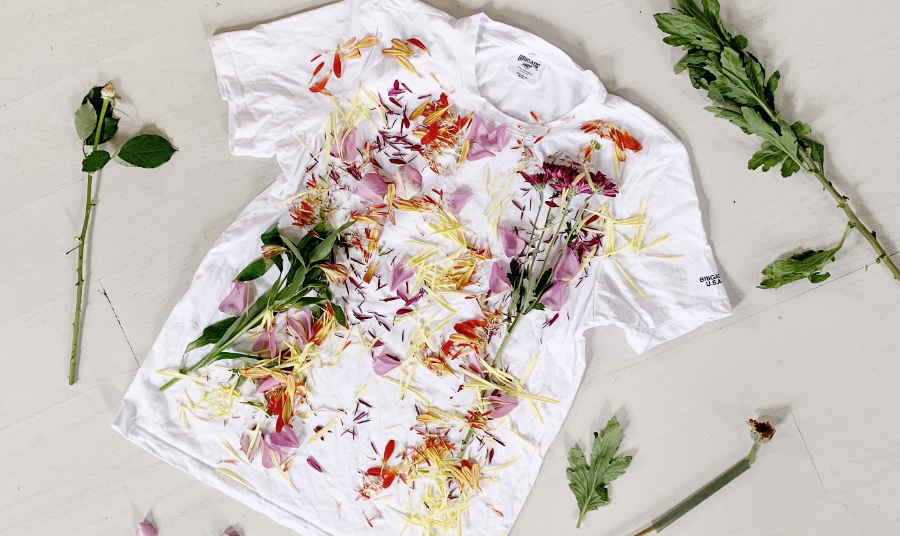
From science-based temperature targets to global net zero carbon emissions, there's an array of climate-related topics. The historic event also highlighted public appetite for sustainable change in the fashion industry. But what is sustainable fashion, and how have fashion brands begun stepping up their commitments towards eco-friendly development goals?
Major industry players reacted quickly after the summit. Following discussions at COP26, fashion giant Vogue commented that alongside the bold actions required from policymakers ‘the fashion sector is more on the hook for climate action than ever’.
As a marketplace seller in today’s fashion and clothing sector, you undoubtedly face stiff competition. But according to research by Vogue, sustainable fashion could be the key to gaining a competitive edge in an increasingly global market. In October 2020, 65% of consumers reported that sustainability is an important factor when making a fashion purchase. Less than a year later (in May 2021) that percentage has increased to 69%. Consumer intent to buy sustainable clothing is unavoidably on the rise. So how can you ensure your business effectively navigates a greener fashion world?
We’ll begin this guide by exploring the importance of sustainable fashion, following up with actionable tips to help you put sustainability and ethical fashion basics into practice as a forward-thinking marketplace seller.
- Why is sustainable fashion important?
- How to strive for sustainability as a seller
- What’s next for sustainability in fashion?
What is sustainable fashion, and why is it important?
The fashion industry is one of the world’s biggest polluters. According to the UN, around 215 trillion litres of water are consumed by the clothing industry every year. On top of that, the sector is responsible for approximately 8% of the world's greenhouse gas emissions and almost 9% of microplastic losses to the world’s oceans.
The recent rise of ‘fast fashion’ — low-priced but stylish clothing that moves quickly from design to retail stores to meet trends — puts an intensifying strain on the environment.
Research conducted by Greenpeace found that the UK is the epicentre of fast fashion in Europe, with each person buying over 26kg of clothing every year, compared to an average 16kg for people across mainland Europe. With growth in consumption comes an increase in clothing waste — effectively turning fashion items into another type of single-use product.
In recent years, sustainability has begun to turn more heads. Just as consumers today are scrutinizing the food and chemicals they consume, there’s an active shift in purchasing decisions when it comes to contributing to a cleaner environment with sustainable fashion.
The sustainable fashion movement considers the entire supply chain and life cycle of a garment, from where it was sourced to where it ends up. As an all-inclusive term, sustainable fashion describes the products, processes and people involved in achieving a carbon-neutral, socially responsible fashion industry.
In summary, sustainable fashion is an approach that benefits the fashion industry, society at large and, of course, the environment through:
- Sourcing
- Manufacturing
- Designing
Let’s take a look at these three elements in turn.
1. Sourcing
Sustainable sourcing has quickly become a top priority for fashion brands. But, every part of the production chain must transform, from sourcing raw materials to shipping goods to the consumer.
A 2019 survey conducted by McKinsey a majority of sourcing executives claimed they aspire to source at least 50% of their products using sustainable materials by 2025 to help benefit their business’s bottom line — and the environment.
Sourcing innovative fibres and fabrics is a popular choice for forward-thinking marketplace sellers. For example, some fibres and fabrics are made from bio-based materials and waste by-products. Bio-based materials such as vegan leather made from mushrooms or pineapples, and fibres made from wood pulp represent just a few options.
These naturally-sourced alternatives use fewer valuable raw materials and natural resources while simultaneously creating less lasting waste, because they’re fully biodegradable.
2. Manufacturing
While the number of products containing sustainable materials remains low at the moment, key organisational decision-makers envisage a major scale-up in the next few years. The fashion industry is heavily reliant on fossil fuels, with the vast majority of clothing — around three quarters — made from synthetic fabrics created using non-renewables like crude oil.
To contribute to the scale-up of sustainable manufacturing, production materials should be organic or natural, and free from harsh chemicals. Manufacturers should also reduce the excessive use of water in production and manufacturing processes. The bottom line is that sustainable clothing manufacturing must make as little negative impact on the environment and the people working in clothing factories as possible.
3. Designing
Often overlooked, the design stage is increasingly recognised as a critical opportunity to shape the future footprint of a clothing item. This is done by identifying a fabric’s recyclability (which is significantly lower for blended fibres and fabrics) and how its qualities can be effectively managed throughout the recycling process.
Consumers dispose of roughly 48 million megatons of clothing every year; in short, an adjustment to fashion industry practices is well overdue. For the industry to become more sustainable, brands and sellers need to rethink the ways they design, produce and use resources to ensure that garments last a long time. Technology, innovation and consumer engagement are all critical to the success of sustainability in fashion.
How to strive for sustainability as a seller
In this section, you’ll find a series of actions you can take as a marketplace seller to integrate ethical and eco-friendly practices into your day-to-day business activities
Open a World Account for free
- Open up to 15 local currency accounts, with local sort codes, account numbers and IBANs
- Collect secure payments from 130+ marketplaces, overseas buyers and payment processing gateways
- Pay suppliers, partners and staff in 40 currencies without hidden fees
- Pay and get paid easily with local bank details on your invoices
- Lock in conversion rates to manage your currency risk
Move beyond the consumerism mindset
Rapid changes in trends, new (and more accessible) products and cheap prices have contributed to 'fast fashion' and throwaway consumer culture. Fast fashion products typically have a very short lifespan.
Historical European consumer behaviour indicates that people purchased 40% more clothing in 2012 compared to 1996, yet only wore garments for half as long. Better quality and sustainable material is surely part of the solution — but the other piece of the puzzle is greater consumer awareness.
The solution may lie in promoting movements like ‘slow fashion’ that encourage customers to buy better-quality garments designed to last longer. When consumers are aware of — and value — the fair treatment of people, animals, and the planet, their mindsets shift away from throwaway culture and toward sustainable fashion.
Opt for existing or conscious materials
Fabrics made from recycled plastic bottles are a step up from synthetic materials (if they’re genuinely made from post-consumer bottles), but still come with their own complexities.
Generally, natural fibres are preferred over synthetic fibres like polyester. Perhaps surprisingly, of the natural fibre choices available, conventional cotton is considered one of the worst choices because of the pesticides and water used to grow non-organic cotton crops.
Organic cotton is a more environmentally conscious choice, alongside both hemp and linen as other low-impact natural fibres alternatives. Regenerative fibres — i.e. organic and ethical animal or plant-based fibres such as wool or bamboo — are also good choices for both businesses and the planet because they don’t exhaust soil and other natural environments during the growth stage.
Promote operational transparency and ethical labour standards
The Vogue Business Index found that consumer expectations for fair treatment of workers, wage transparency and labour rights are as high as expectations for environmental and sustainability issues — but the fashion industry is lagging behind on all counts.
Today’s fashion companies and sellers cannot escape consumer sentiment. But what lessons can be learned from successful trailblazers?
Clothing giant Patagonia promotes end-to-end transparency across their supply chains. They proactively engage in a range of due-diligence activities to promote and sustain fair labour practices, safe working conditions and environmental responsibility in the finished-goods factories that make their products.
As one of the first adopters of recycled materials and organic cotton, Patognia is recognised as a global sustainable clothing leader. By voicing its strong point of view, Patagonia has been able to attract loyal and sustainably minded customers that prioritise environmental preservation over traditional marketing triggers like price and promotion.
What’s next for sustainability in fashion?
A full 2 out of 3 business leaders in the fashion industry report that implementing sustainable practices is a key strategic business challenge. That said, sustainability is still considered high-priority for fashion over the coming decades, as the climate crisis remains a top issue for both consumers and brands.
Mckinsey’s State of Fashion 2021 report predicts that fashion brands will strive to permanently diversify their geographic sourcing footprints and strategically support suppliers with longer-term volume commitments.
Still, despite commitments made by business leaders, Global Fashion Agenda estimates that the fashion industry’s emissions are still on course to rise to 2.7 billion tons a year by 2030 (if current measures stay the same). In other words, there’s a huge amount of work that still needs to be done.
No trade-off required: Benefit your business and the planet
Sustainable change undoubtedly needs to be radical, but the reality is that the fashion industry can’t remodel and transform overnight.
As a seller, your actions can still be effective — even if your personal impact is minor, or if you need to make gradual changes. For example, when it comes to sourcing materials used in your clothing products, consciously opt for nearby suppliers that offer eco-friendly alternatives like recycled cotton, organic hemp or even Piñatex.
Finally, rather than letting your current clothing stock go to waste, phase it out over time by continuing to offer customers a choice between existing and sustainable options. After all, environmentally conscious consumers are willing to pay 10%–20% premiums for sustainable fashion
Simply put, eco-friendly clothing is good for the planet and good for your business.
Embrace sustainability with WorldFirst
You can use a payment gateway like WorldFirst to ensure that your fashion retail site makes local sourcing as easy as possible. Consumers who prefer to pay in local currencies can do so quickly and easily via your existing checkout system. Find out more about how the World Account can help your business.

Businesses like yours trust WorldFirst
- Almost 1,000,000 businesses have sent $150B around the world with WorldFirst and its partner brands since 2004
- Your money is safeguarded with leading financial institutions
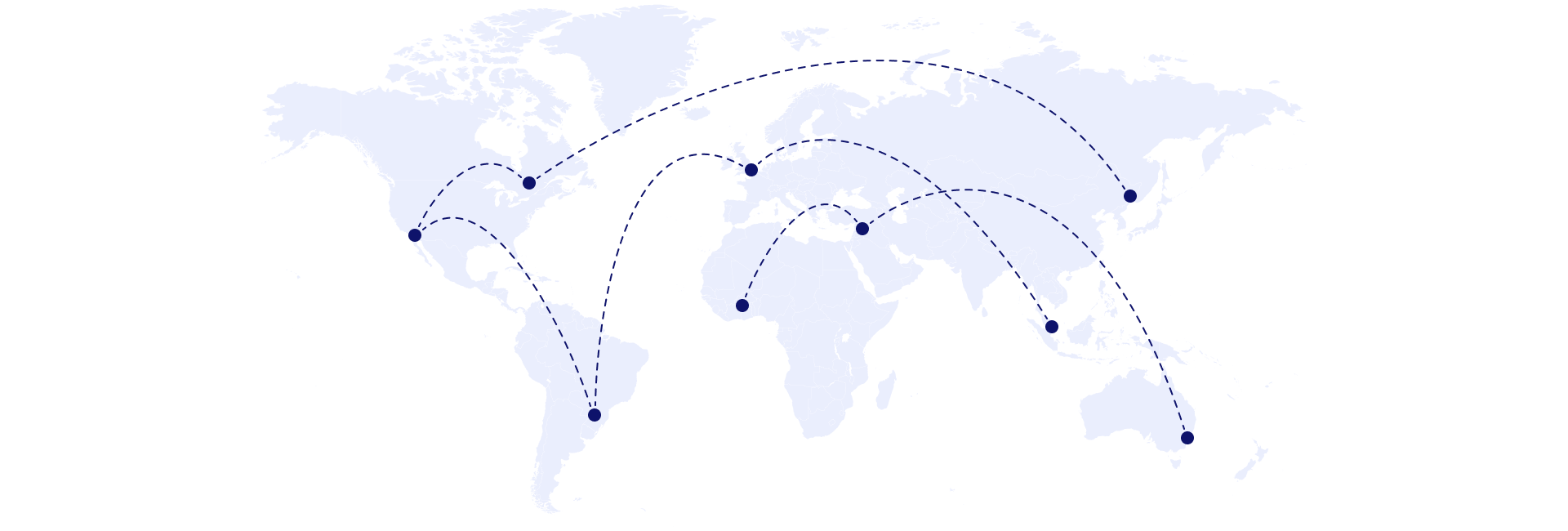
What our customers say about our services
